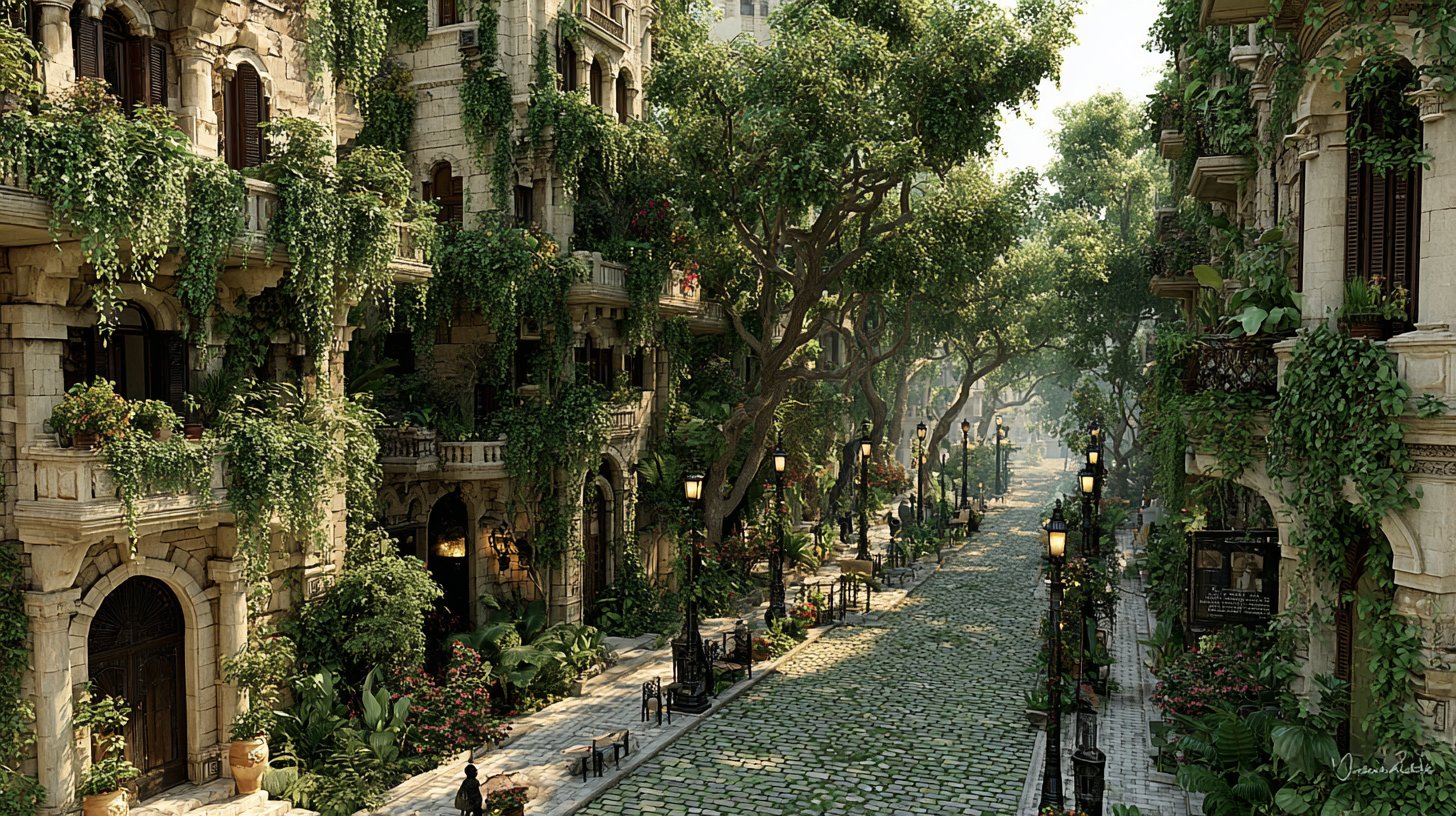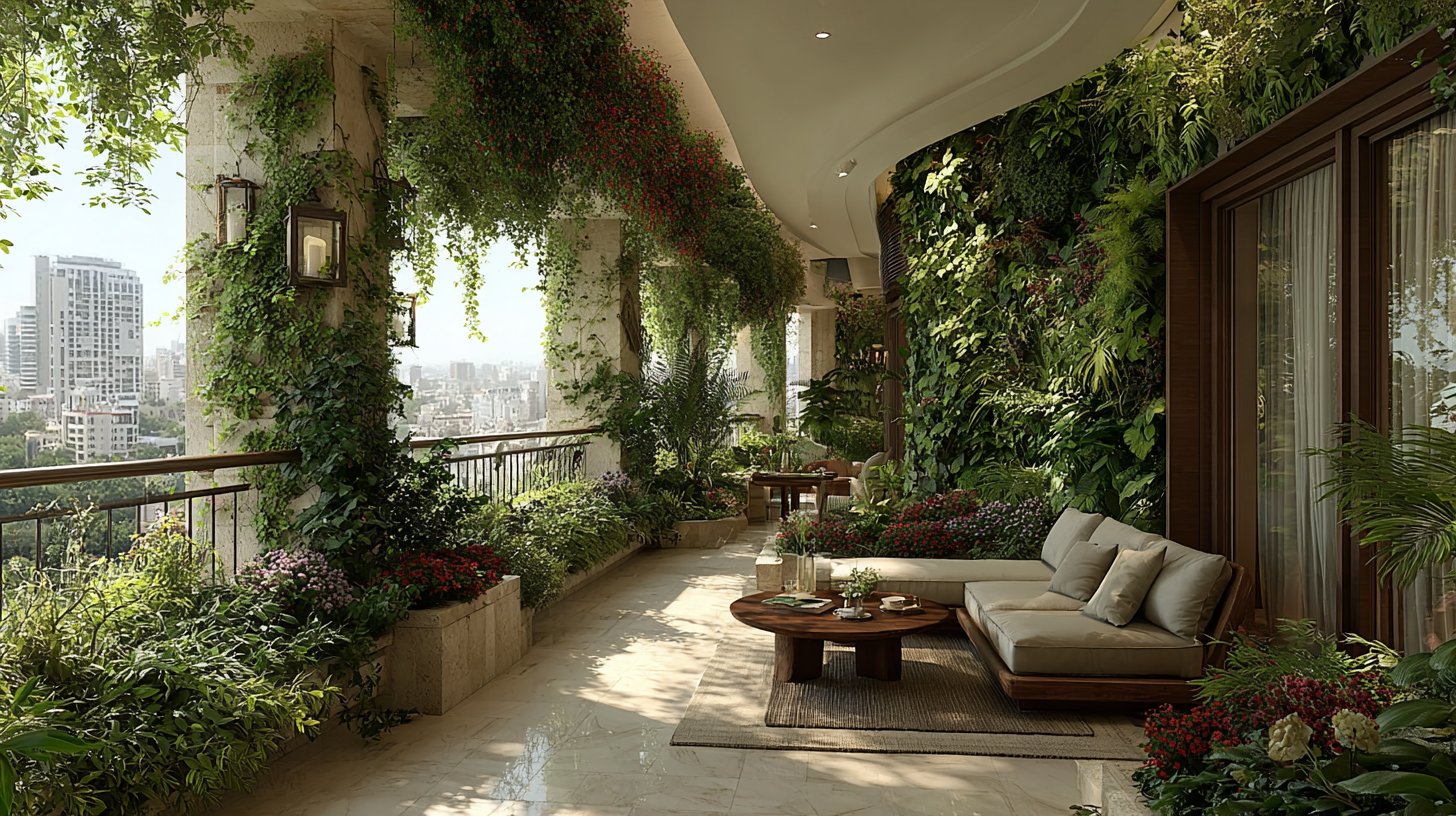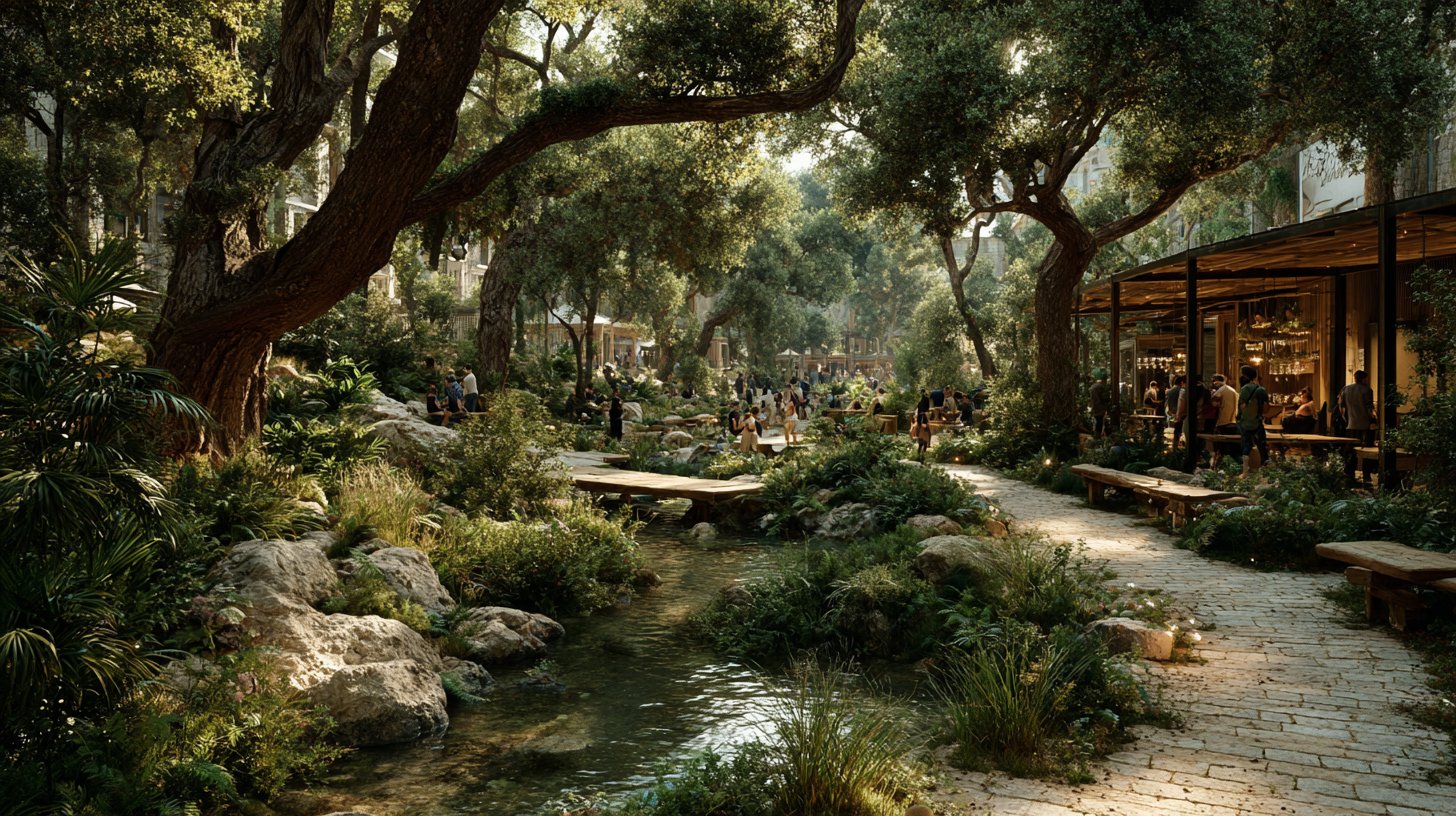Hidden Oases: Green in Urban Living Spaces

The return of nature to the urban landscape is becoming increasingly popular—vertical gardens and green facades are signs of a new urban vitality. These green elements not only bring aesthetic benefits but also contribute to the improvement of quality of life and promote a sustainable urban climate.
In recent years, more and more cities have begun to beautify the urban landscape with vertical gardens and green facades. While in the past the focus was primarily on concrete and steel, it is now recognized how important nature is for urban life. These green retreats not only offer visual enrichment but also have positive effects on air quality, the microclimate, and the overall well-being of city residents.
Benefits of Vertical Gardens
Vertical gardens, also known as living walls, are more than just a trend—they are a sustainable solution to urban problems. These gardens help reduce air pollution by filtering pollutants and producing oxygen. Additionally, they have an insulating effect that helps regulate temperature in buildings. In cities where heat islands are a problem, greening walls and facades can contribute significantly to cooling. They also create habitats for various plant and animal species, promoting biodiversity.

Another positive aspect is the psychological effect of nature. The green oases amidst urban hustle offer a place of peace and relaxation. Many people feel happy and balanced in the presence of plants and nature. Studies show that spending time in a green environment reduces stress and enhances concentration. This is especially significant in busy cities where people often suffer from time pressure and stress.
Green Facades in Urban Spaces
Green facades are another excellent example of nature's return to the urban landscape. They transform simple, gray walls into vibrant areas that enliven the cityscape. Such facades are not only beautiful to look at but also express an awareness of ecological sustainability. Planting climbing plants like ivy or vines is an easy way to make buildings greener while simultaneously improving the urban climate.

Designing facades with plants also has practical benefits: they help reduce heat absorption in buildings by reflecting sunlight. This leads to lower energy consumption for air conditioning and contributes sustainably to environmental protection. Moreover, green facades create inspiring living spaces that promote creativity and a sense of community. Who wouldn't want to walk past a colorful, blooming building?
Community and Sustainability
Another important aspect of this green revolution is the opportunities for community projects and neighborhood engagement. Many cities promote greening initiatives that enable residents to collaboratively create vertical gardens or green facades. Such projects not only strengthen the sense of community but also raise awareness of environmental issues and sustainable practices.

Furthermore, these initiatives can also serve as educational platforms. Workshops and events focused on gardening and sustainability allow people to learn new knowledge and become more responsible citizens. The feeling of belonging and the joint efforts to integrate nature into daily life create a positive environment where everyone can benefit.
In summary, the return of nature to the urban landscape through vertical gardens and green facades can make a decisive contribution to quality of life in urban spaces. These green elements offer numerous benefits, from improving air quality to fostering community and sustainable development. The positive psychological effect of nature should not be underestimated—it plays a crucial role in leading a healthy and happy life in the city.
Whether you live in a metropolis or a smaller town, there are always opportunities to support the green transition and become active yourself. Let yourself be inspired and perhaps even start with a small project in your own surroundings. Every little green change can make a big difference!


